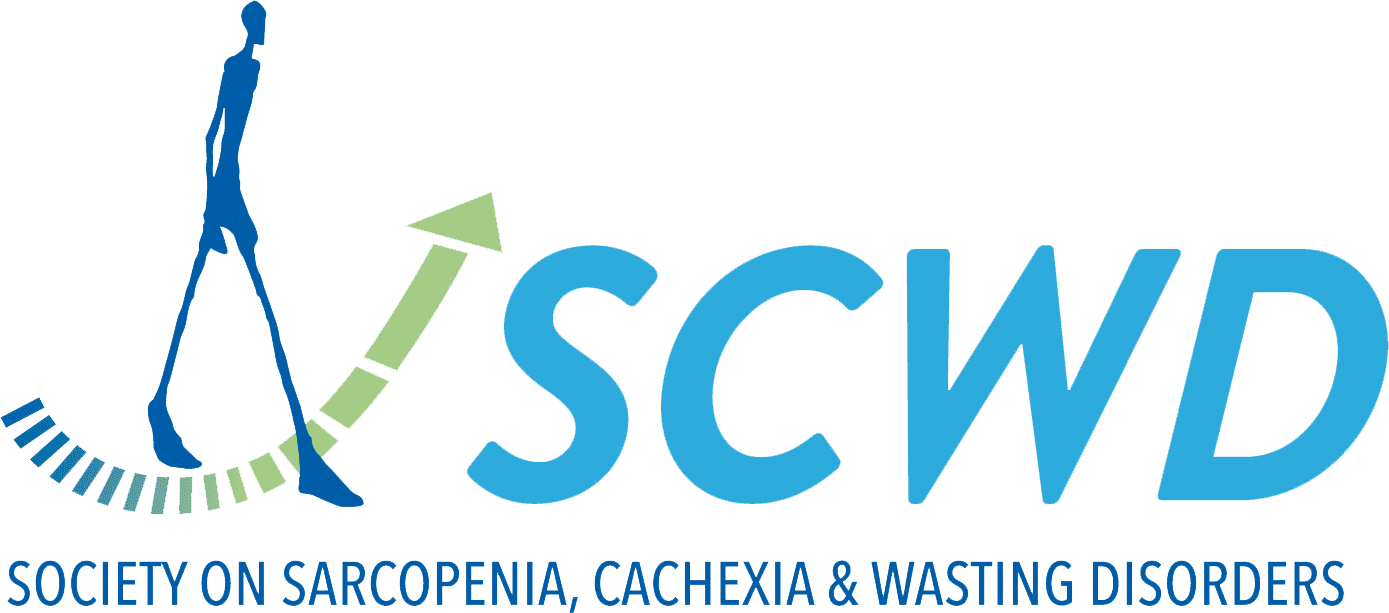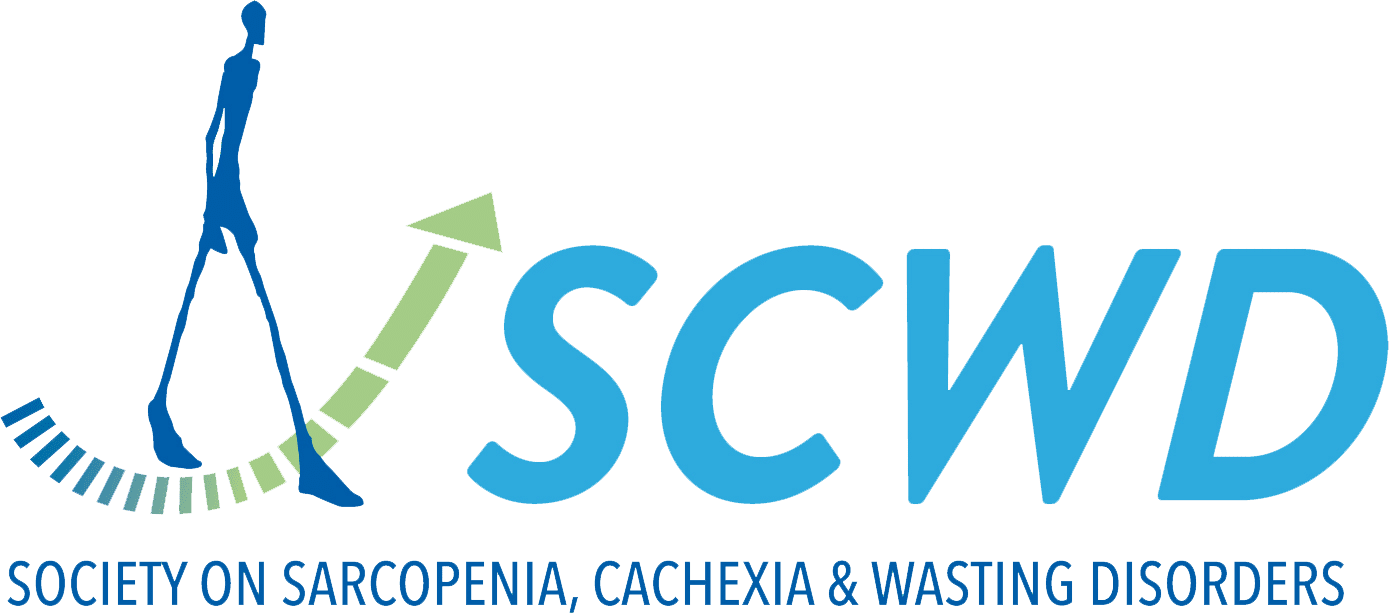Hand grip strength-based cachexia index: a review
Article: Hand grip strength-based cachexia index as a predictor of cancer cachexia and prognosis in patients with cancer
Cancer cachexia can be mainly categorised with the occurrence of muscle loss, malnutrition and systemic inflammation. Its prognosis can be assessed through the cachexia index, but the use of this index is limited due to it being a complicated procedure with high testing costs. This study explored using a hand grip strength-based cachexia index, testing it with 14, 682 cancer patients. A low hand grip strength index score was found to be associated with high systemic inflammation, high levels of malnutrition and co-morbidities, implying that this index may be associated with disease progression. Overall, using the hand grip strength index for cachexia reflects the muscular and inflammatory conditions of cachexia in one assessment, rather than using multiple such as serum albumin testing, in a simple, non-invasive measure. Furthermore, there is a potential that hand grip strength can provide information about the prognosis of other malignancies.
This review by Xie H et al. aimed to compare the hand grip strength-based cachexia index to the original cachexia index to understand its benefits.
Key learnings The hand grip strength-based cachexia index holds promise in helping understand the prognosis of cancer cachexia in patients, as well as potentially being applied to other malignancies. With this index being comparable to the original cachexia index for a lower price and with it being non-invasive, there are many potential benefits of using this technique as clinical practice.
Reviewed by: Z. Beketova
Authors: Xie H, Ruan G, Wei L, et al.
Published in: J Cachexia Sarcopenia Muscle 2022


